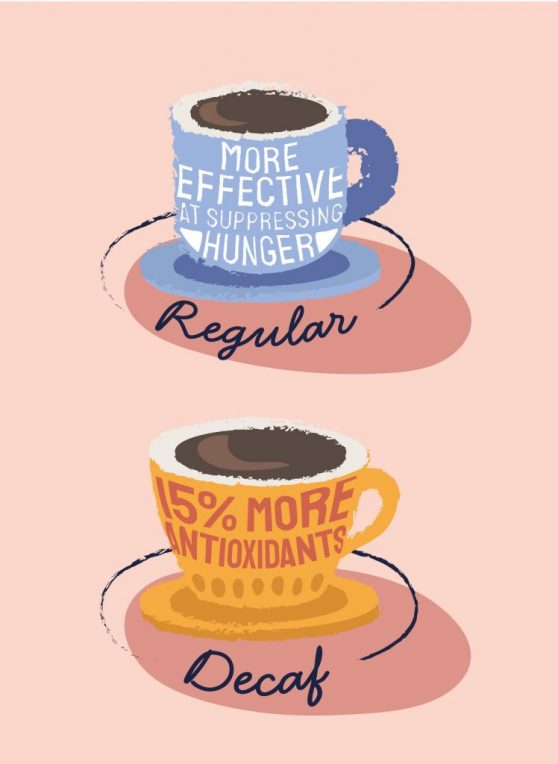
After a long fast, I’m usually in the mood to eat healthy food. Personally I don’t have a hard time with this principle. So when you’re done, don’t go out and binge on a bunch of junk food. Or to burn some body fat, which is also a way to improve your health.

If you’re fasting, you’re probably hoping to improve your health. Starting slowly is the most important principle to keep in mind when you break a prolonged fast.

See how you’re feeling, and go from there. 🙂 The key here is to be patient.Įat something reasonably small, then wait at least a couple hours. I rarely have the patience to hold off from eating a big meal right after my fast, so I usually end up with a tummy ache. This has happened to me more than a time or two. So when you start eating again, it’s easy to get an upset stomach. Start Low, and Go SlowĪfter a few days of fasting, your stomach will probably shrink a little bit, since there hasn’t been any food coming in to stretch it out. That’s why it’s best to start with low carb food when you break your fast. After you end your fast, it takes a day or two to ramp that process back up. In other words, since you haven’t had to digest any carbs during your fast, the “machinery” that does that becomes dormant.

#DOES COFFEE BREAK YOUR FAST HOW TO#
Start with Low Carbįirst of all, if you fast for more than a day or two, your body kind of “forgets” how to metabolize carbohydrates. Whether you’re fasting for 24 hours, 3 days, 7 days, or even longer, these principles can help you prevent some of the potential hazards after a long fast. First, here are 3 key strategies to consider when breaking your fast.


 0 kommentar(er)
0 kommentar(er)
